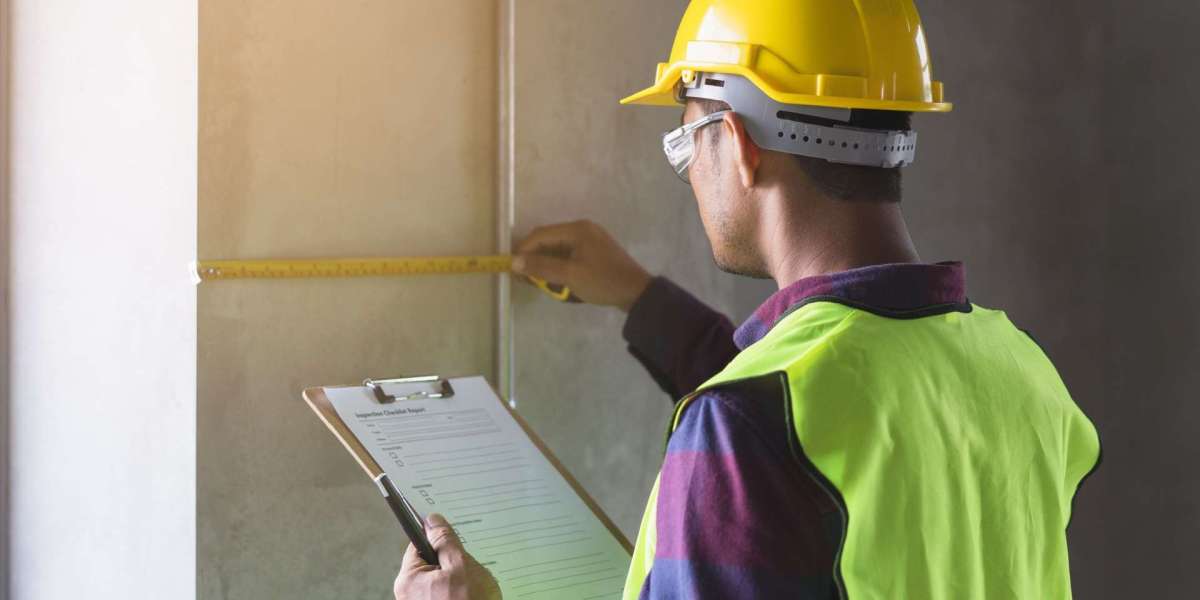When purchasing a home, a thorough home inspection is crucial. While the exterior might look flawless, serious issues could be hiding beneath the surface. These problems are known as home inspection red flags, and identifying them early can save you from unexpected expenses and headaches.
1. Foundation Issues
The foundation supports your entire home, so any signs of damage are major home inspection report red flags. Look out for cracks in walls, uneven floors, or doors and windows that don’t close properly—these might indicate foundation problems.
Foundation repairs can be very expensive, so if your inspector notices movement or damage, it’s wise to consult a structural engineer for a detailed evaluation.
2. Roof Defects
Your roof protects your home from the elements. Missing shingles, sagging areas, or water stains on ceilings are all serious concerns during an inspection.
Ignoring roof damage can result in leaks, mold, and structural damage. Because roof replacements are costly, you should take any roof-related issues seriously.
3. Signs of Water Damage and Mold
Water stains on ceilings, walls, or floors often point to leaks. These leaks could come from the roof, plumbing, or foundation. Over time, standing water can cause mold growth, which poses health risks and unpleasant odors.
If your home inspection reveals water damage or mold, ask the seller for details and be prepared to reconsider if the damage is significant.
4. Electrical Concerns
Outdated wiring, exposed wires, or overloaded circuits are big safety hazards and common home inspection red flags. Faulty electrical systems increase the risk of fires and power failures.
Electrical repairs in older homes can be costly and should never be overlooked.
5. Plumbing Issues
Leaks, clogged drains, and low water pressure signal plumbing troubles. Inspectors also look for old or corroded pipes, particularly in houses built before the 1970s.
Fixing plumbing often requires cutting into walls or floors, which adds to repair costs.
6. HVAC System Problems
Your heating, ventilation, and air conditioning system should be efficient and well-maintained. If your HVAC system is outdated or malfunctioning, you might face expensive repairs or replacements.
Your home inspection report should provide details on the system’s age and condition.
7. Poor Drainage Around the Property
Proper drainage keeps water away from your home’s foundation. Signs of poor drainage include puddling water near the house, soggy lawns, or basement wall stains—clear home inspection red flags.
Water that doesn’t drain properly can cause foundation cracks and flooding. Fixing drainage issues typically involves landscaping changes and installing drainage systems.
8. Pest Infestations
Termites, carpenter ants, rodents, and other pests can cause severe damage. Inspectors check for droppings, nests, and wood damage during inspections.
Some pest problems are easy to fix, but others may require extensive pest control services.
9. Structural Damage
Your home must be stable and secure. Signs of structural damage include leaning walls, cracked support beams, or sloping floors—serious concerns to address immediately.
Sometimes these problems are due to age, but other times they point to larger foundation or framing issues.
10. Worn or Damaged Windows and Doors
Windows and doors provide insulation and security. Old or damaged units can cause drafts, moisture problems, and security risks.
Replacing multiple windows or doors can be expensive. Also, watch for broken seals in double-pane windows, which often cause fogging.
What to Do When You Spot Home Inspection Red Flags
Finding home inspection report red flags isn’t necessarily a deal-breaker but should be handled with care. Here’s how to proceed:
Request Repairs or Price Adjustments: Ask the seller to fix issues or lower the sale price accordingly.
Get Expert Opinions: For major concerns like foundation or roof problems, bring in a specialist.
Be Prepared to Walk Away: If repairs are too costly or risky, it’s okay to look elsewhere.
Why Home Inspections Are Vital
A home inspection protects your investment by revealing hidden problems. Spotting red flag home inspections early helps you avoid unexpected expenses and stress after moving in.
No matter how perfect a home looks, skipping the inspection can be a costly mistake.
Final Thoughts
No house is flawless, but understanding common home inspection red flags empowers you to make informed decisions. Some issues may be minor fixes, while others might require careful consideration.
Always review your home inspection report thoroughly and discuss concerns with your real estate agent or inspector.
If you’re looking for a trusted professional to perform your home inspection, ProTec Inspections offers expert, detailed inspections to help you buy with confidence.
Schedule your home inspection with ProTec Inspections today and safeguard your future home!



